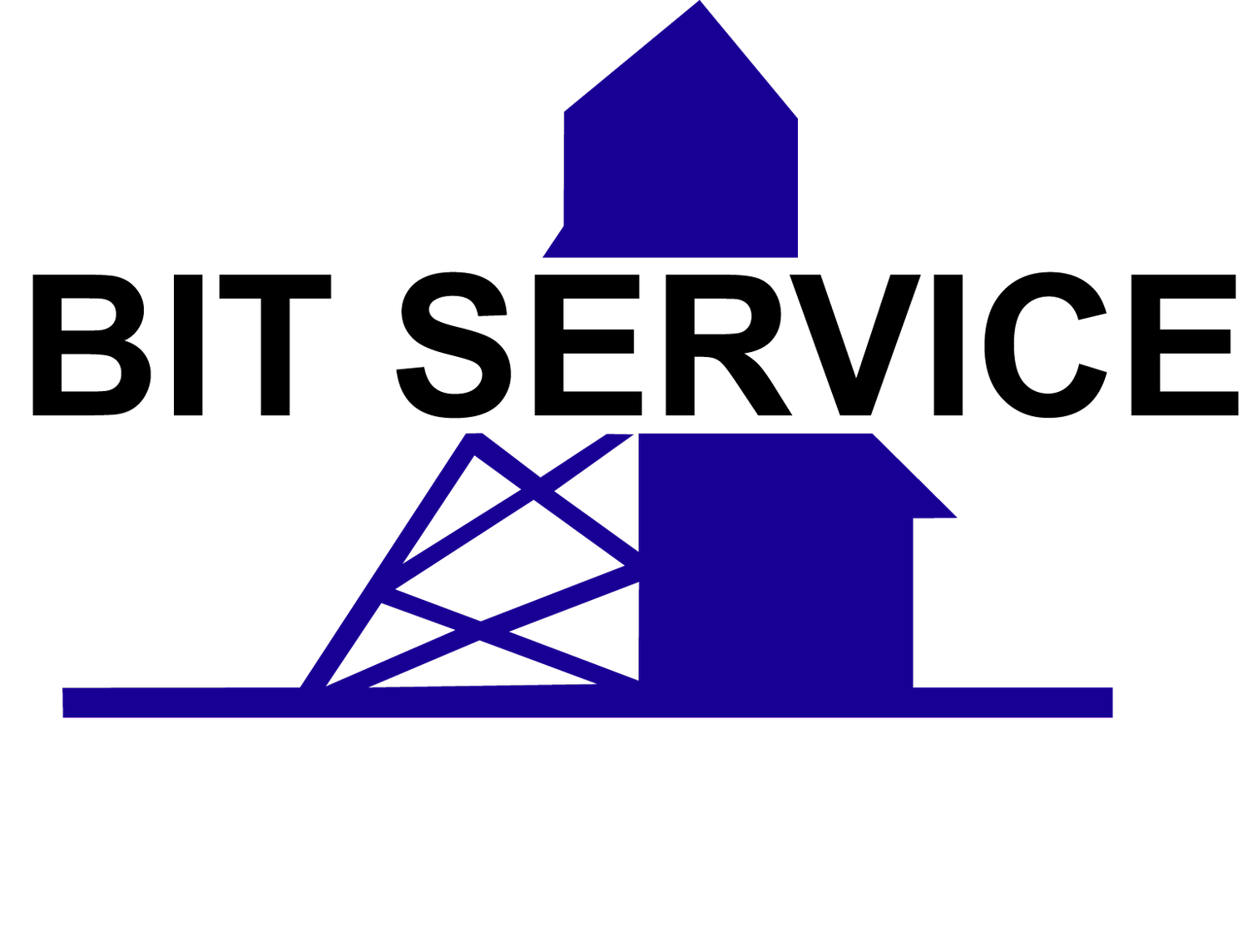Methods of Underground Mining
By: Scott Bahr
Underground mining is one of two common mining methods used, the other of course being surface mining. The key difference between the two is that surface mining disrupts the soil and rock (also known as overburden) and can be used when the sought after metal or mineral is nearer the surface, while underground mining would be preferred when the sheer quantity of overburden makes surface mining uneconomical. Several different techniques are used to extract materials from an underground mine, each of which serves a different purpose. Here we will briefly touch on some of the typical methods used.
Room and pillar
Typically used as a method for flat or slightly dipping ore bodies, room and pillar mining creates openings and leaves pillars of ore and rock at regular intervals to support the weight of the formation above. This method is commonly used for metal or uranium deposits, as well as mining coal, potash, and salt. Room and pillar mining can be more cost-effective than other types of underground mining and is most commonly used for high grade, small, deep deposits. The location of the pillars is especially important, as they will maintain the integrity of the mine. Room and pillar is a continuous area of research and improvement in the field of underground mining.
Cut and fill
Unlike room and pillar mining, cut and fill mining is used for steeply dipping or irregular ore bodies. With this method, the ore is mined in inclined slices and then filled with waste rock or sand. The mining is usually done from the lower levels up, and the filling in of each level provides a new working area for further mining. While cut and fill can be expensive, it leads to less waste rock and is effective for irregular ore bodies that are difficult to mine with other methods.
Shrinkage stoping
Shrinkage stoping is similar to the cut and fill method, except instead of filling each level to act as a support, the blasted, broken ore is left in the resulting space to act as a support for the next level. After all the levels are blasted, the ore is then removed. This underground mining method is a good option for steep ore bodies. In theory, the ore stays in the mine until the entire body has been blasted, which does means that return on investment is delayed because none of the blasted material is processed until the job is finished.
Block caving
Block caving is used to mine large, steep ore bodies. Block caving is sometimes used in complement to open-pit surface mining, in order to extend mine life and extract additional ore. This method undermines an ore body and then allows it to collapse. The ore body is then drilled and blasted. As the collapsed ore is removed, more of the ore body caves in. Large volumes of ore can be removed with this method and it is relatively low-cost
Each of these underground mining methods has advantages and disadvantages, but as we have described, the primary decision of which to use will be based on several factors such as economics, the location and geology of the desired material.
